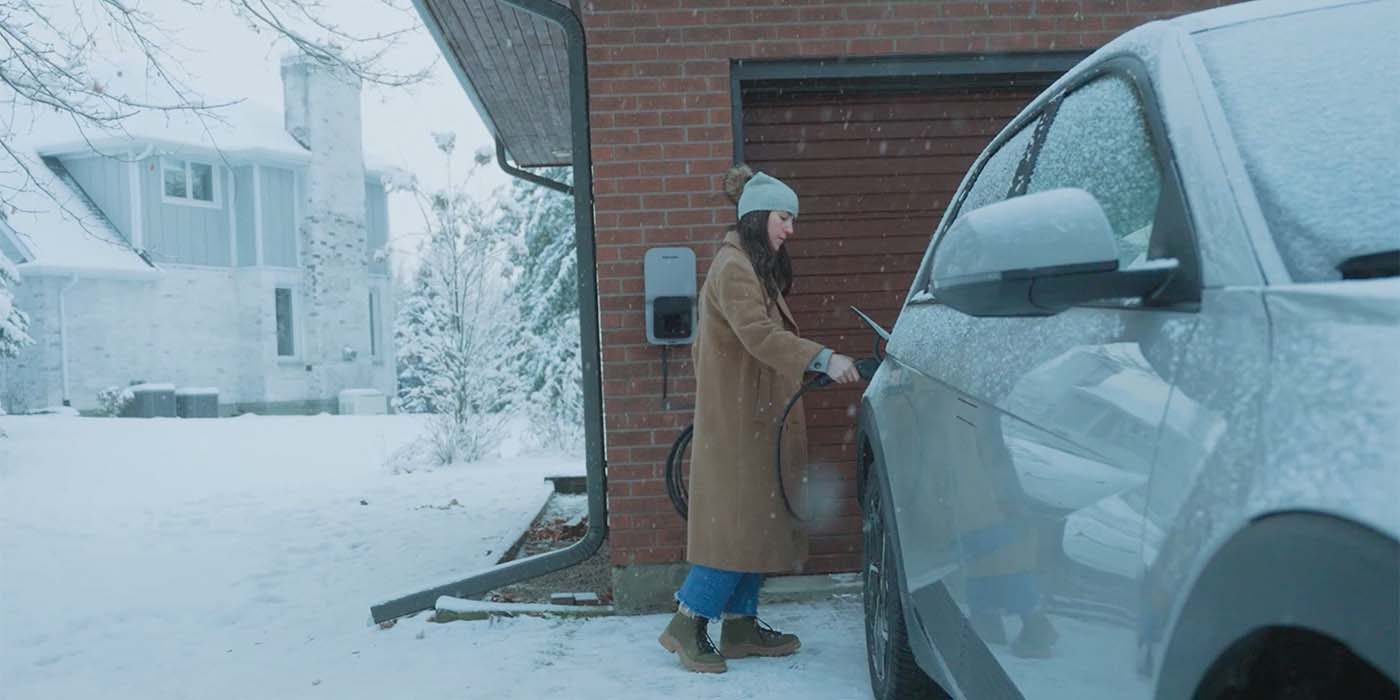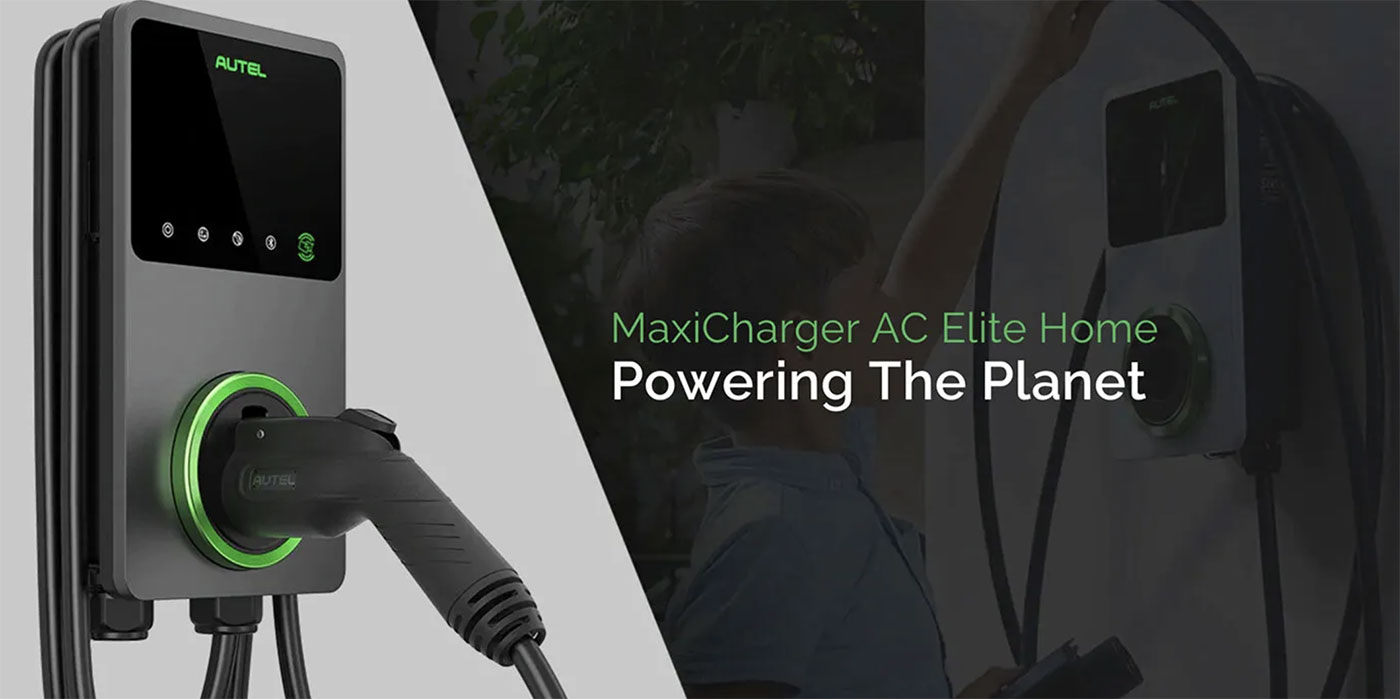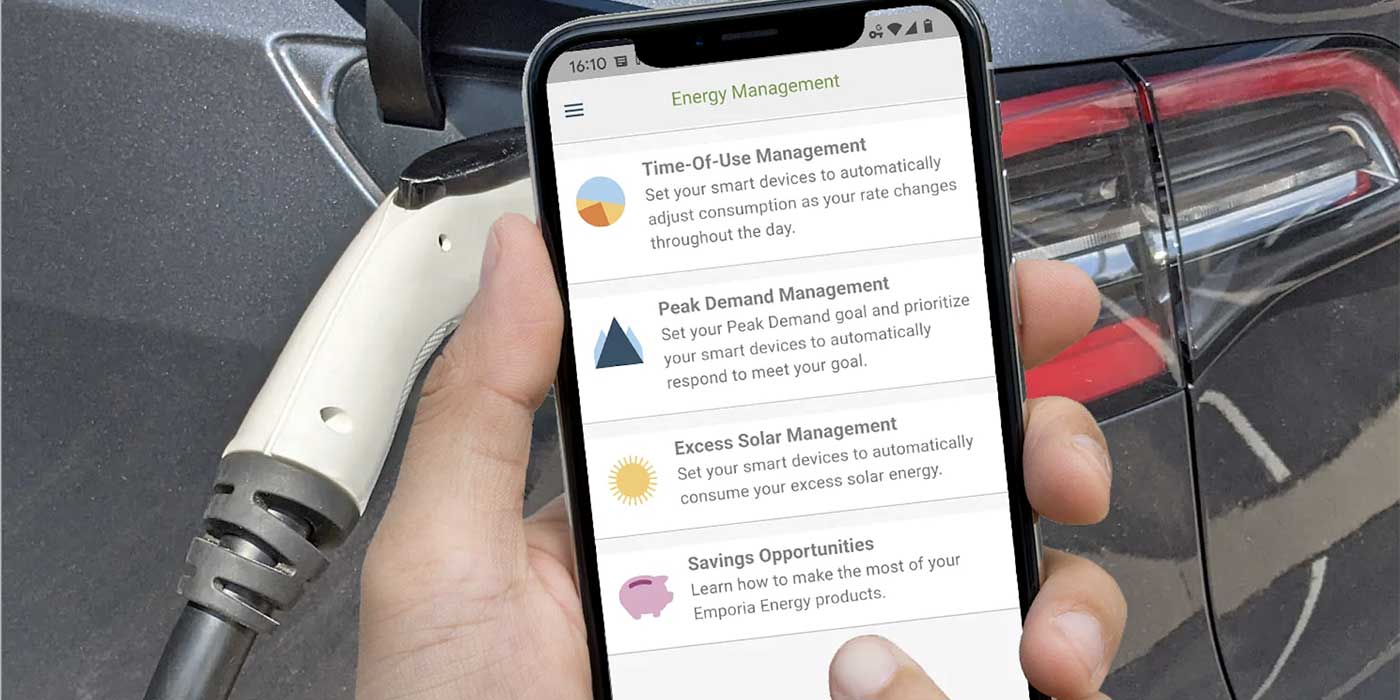If you’re managing any number of charging stations, you’re in the fuel business. And whether those charging stations are being used by consumers or your own fleet of EVs – especially in the case of the latter – it’s important that the fuel, that flow of electrons, is there when you need it.
Look, climate change continues to produce extreme weather, placing greater demand on electric grids that cars and trucks will come to depend upon. So what happens if there’s a blackout? Or rolling brownouts like we’ve seen in California? These aren’t the best times to be low on juice, and you can’t afford that downtime. But are there any viable options for on-site energy generation?
Well, there are two main sources to turn to, and each have their pros and cons. The first is a generator and the second is solar.
Now ideally, if you’re going to invest in a generator, you want it to work off renewable energy, right? While diesel generators can be a stepping stone toward renewable energy generators down the line, natural gas generators are also available. And you can expect hydrogen fuel cell generators to be put to work for sustainable backup energy generation soon.
Generators, of course, require an energy storage solution. It’s pretty straightforward, but you have to do it. You have your diesel or a natural gas source or hydrogen fuel source probably in the form of a tank. Once you fuel your generator, you start it up and you’re producing energy you can use immediately.
Installing solar panels can be a bit more finicky. In this case, it really depends on the site where your vehicles are parked and how much you can incorporate in that facility. It’s also not viable in every geographic location, depending on the amount of sunlight hitting your area every day. You also need to decide if it’s going to be better to install them on the facility roof or if you want to build a parking canopy to cover the vehicles and generate the solar.
For most fleet operators, charging activity typically happens in the evening and nighttime hours when the vehicle’s not being used for revenue… but solar is produced in the middle of the day. So you need to pair solar with some kind of energy storage in order to shift the timing of when you can use those solar electrons.
That means on-site battery storage. You’re harvesting the sun’s rays during the day and then storing it for later usage.
For the most independent energy solution, don’t put all your eggs in one basket. Develop your own microgrid with a mix of energy sources, and you’ll be covered.













